The brinkmanship exhibited at the nuclear negotiations between Iran and the P5 +1 international consortium is breathtaking, and suggests, for the first time in several months, the actual possibility of failure. There’s too much invested by all parties to make walking away appealing, but the United States reminding Iran that this remains a possibility emerged as a key factor last week.
Perhaps the most dramatic example of this was the American suggestion that the talks could simply continue on a lower-level and open-ended basis into the foreseeable future. The grounds for that would be an extension of the interim accord. This was a not particularly subtle way for the American side to say to the Iranian one: “We can live with the status quo a lot more easily than you can.”
After all, the interim accord provides very limited sanctions relief to Iran and yet commits Tehran to some significant measures to reduce its low-enriched uranium stockpile and other steps that roll back its nuclear programme.
At the same time, Iran has not been able to extricate itself from the diplomatic, industrial and financial box that the last wave of intense sanctions managed to construct. The American message was designed to remind Iran about the difficulties they continue to face as a result of the sanctions regime.
In the final analysis, Washington’s proposal in this regard is not serious. How could it possibly be in Iran’s interests to agree to make the interim agreement less temporary? It’s conceivable that they could agree to such an arrangement, but only to buy time. But there is simply no way that Tehran could live with the interim arrangement as a long-term formula.
This might well have played into the widely-reported and uncharacteristic outburst of anger by Iranian foreign minister Mohammad Javad Zarif who reportedly shouted at his interlocutors: “Never threaten an Iranian!” Most speculation focused on the heavy attention this remark got in Iran’s domestic media, suggesting that the whole thing was a play for public opinion. And certainly all sides are doing their best to try to look tough to assuage domestic hardliners.
But the possibility that the outburst was genuine and meaningful should not be dismissed. If it was, what was the threat in question? The major threat coming from the American side has to do precisely with the idea that the talks could be mothballed in favour of an indefinite extension of the interim agreement arrangements. And that would indeed be enough to make any Iranian diplomat lose his temper.
The American side has also been provoked of late by Iran’s demands that any nuclear agreement should also involve a lifting of the UN arms embargo. This suggestion didn’t provoke an outburst, but it did produce a strong reaction from the outgoing chairman of the US joint chiefs of staff, General Martin Dempsey.
He told a Congressional hearing that “under no circumstances should we relieve pressure on Iran relative to ballistic missile capabilities and arms trafficking,” seemingly ruling out any support for an American agreement to lift the embargo.
Russia and China, however, are reportedly strongly backing the new Iranian demand. This is hardly surprising, given that they are Tehran’s primary weapon suppliers. But it does mean that Iran has found a wedge issue dividing the P5+1 group, which has otherwise been surprisingly coherent across a variety of potentially difficult issues.
The Russians apparently also could not resist getting involved in the outrage game. “Or a Russian,” foreign minister Sergey Lavrov reportedly chimed in after Mr Zarif upbraided his interlocutors about threatening Iranians. The newfound Russian-Iranian common cause on not being threatened apparently came after European Union foreign policy head Federica Mogherini suggested that the talks might break down precisely because of Iran’s refusal to compromise on the arms embargo.
It’s entirely possible that Mr Zarif was basically playing tough for a domestic audience in preparation for unveiling an agreement that includes significant concessions to the West. But it’s also possible that his remarks, and those of Mr Lavrov, are actually public positioning in anticipation of a potential breakdown in negotiations. Either way, the uncharacteristic outbursts bear all the hallmarks of political manoeuvring before a major development.
It’s still far more likely that a deal will be achieved in the coming days than not, primarily because the core outlines of a deal were already laid down in the interim agreement: Iran will continue to enrich uranium but on a small scale and subject to intensive international inspections, in exchange for a lifting of sanctions. This would hold for 15 years, after which the issues would have to be revisited in some other context. Yet for both sides the devil is in the detail.
But as the United States has finally got around to reminding Iran in recent days, it can live with the status quo, including as laid out in the interim agreement, much more comfortably than Tehran can. And that ought to be enough to give the United States sufficient leverage to ensure that the details break largely in its favour. Or, everyone is now on notice, they really might just walk away after all.
This article originally appeared in The National.
The views represented herein are the author's or speaker's own and do not necessarily reflect the views of AGSI, its staff, or its board of directors.

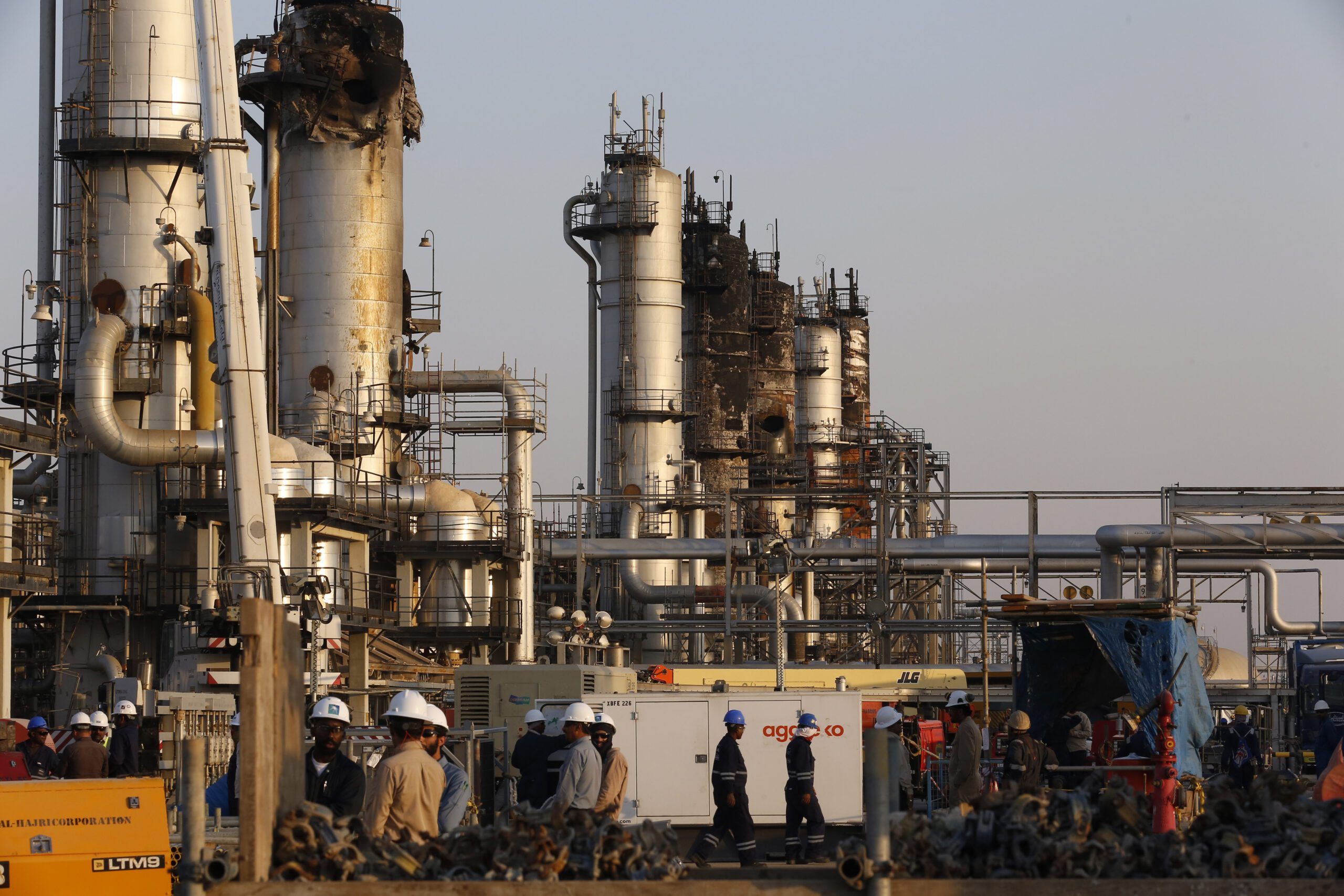

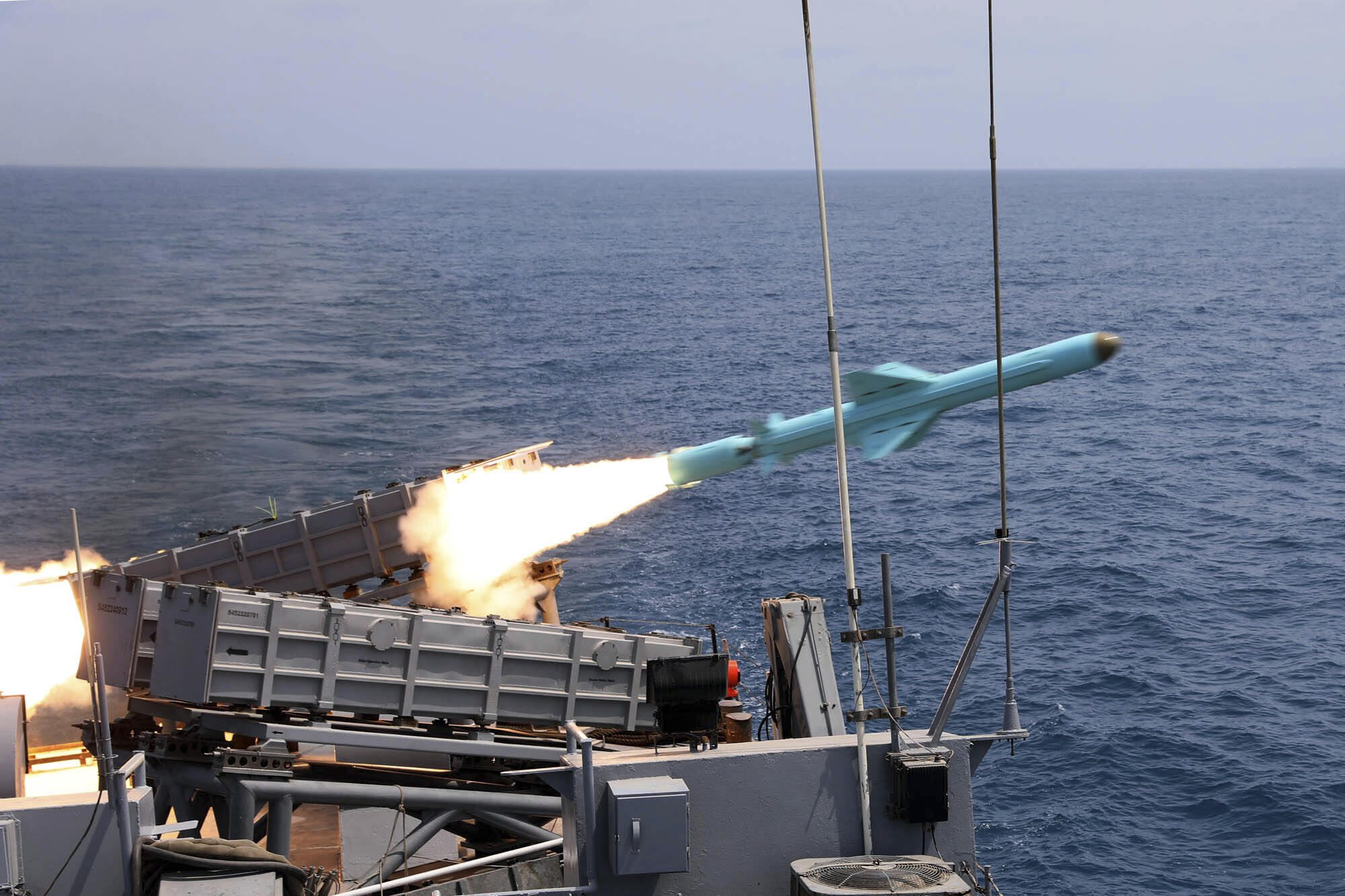
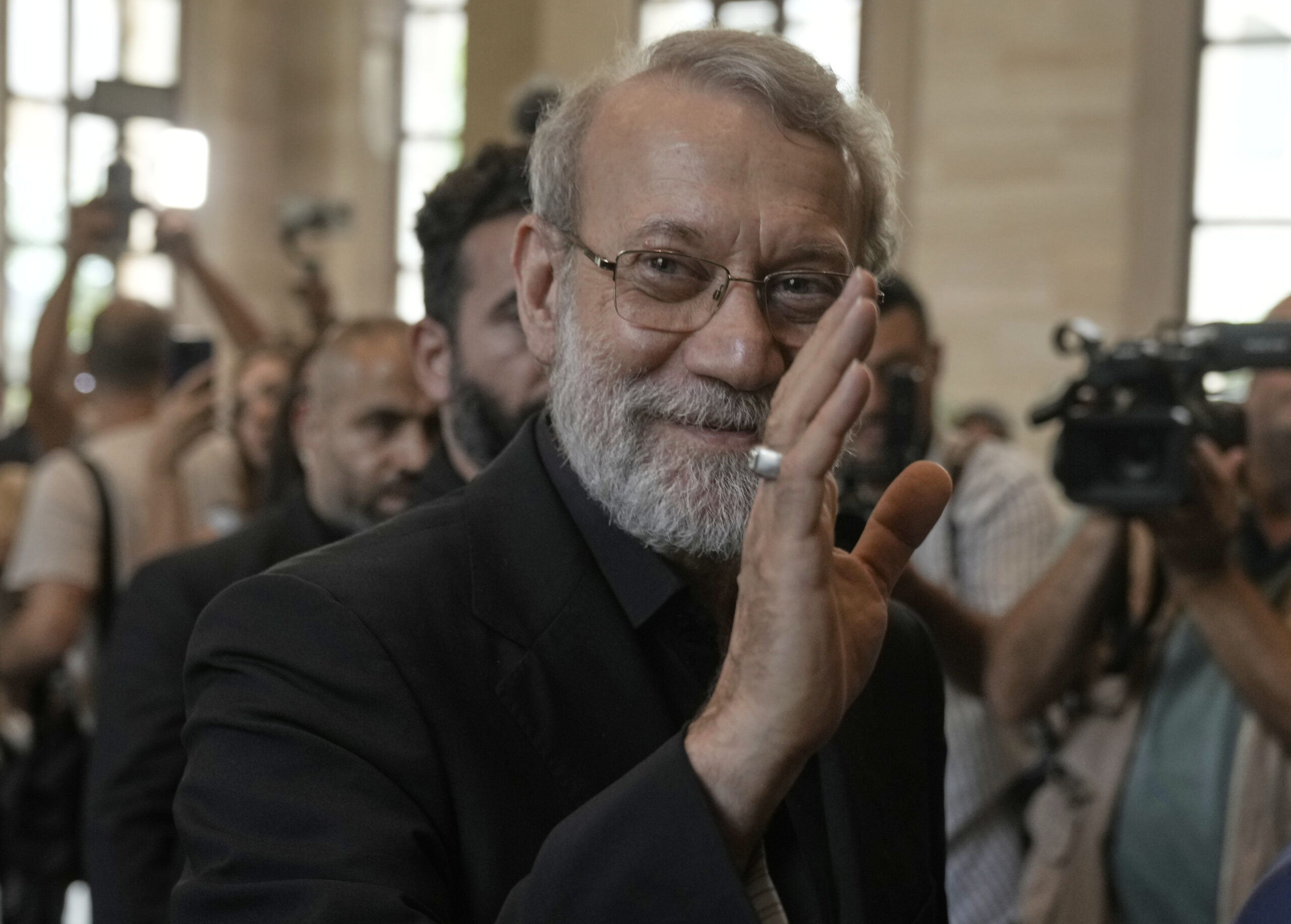



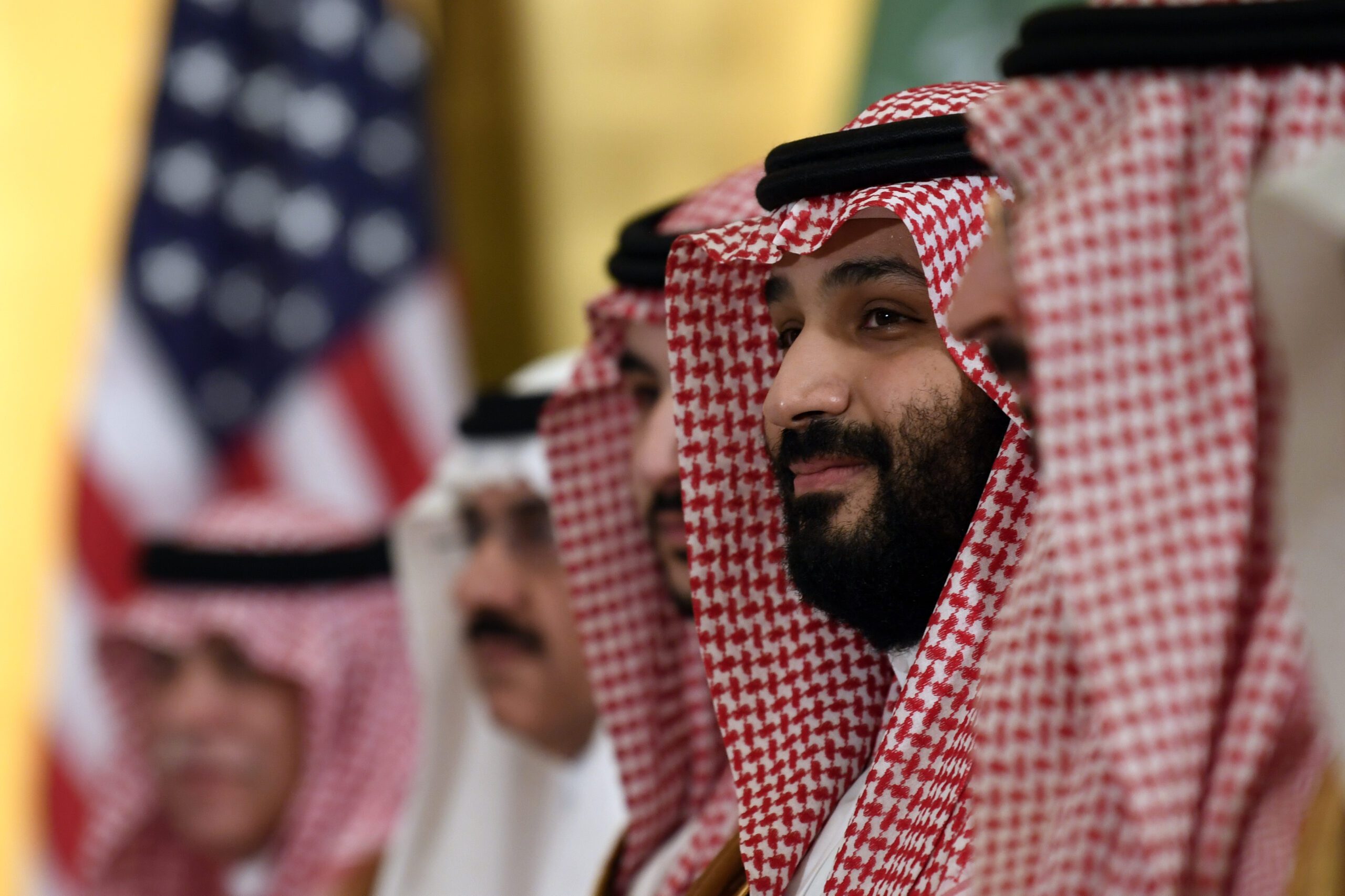
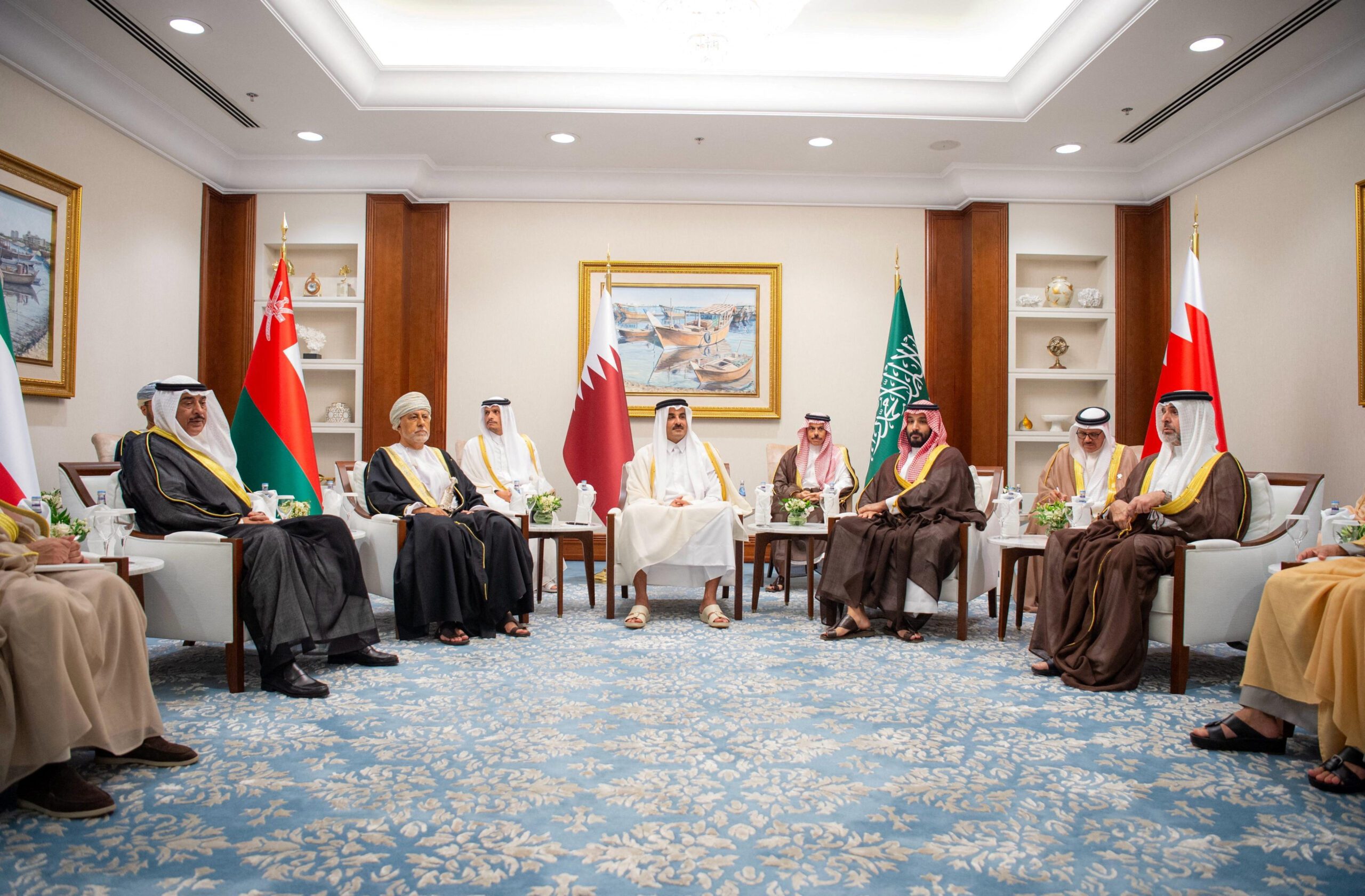



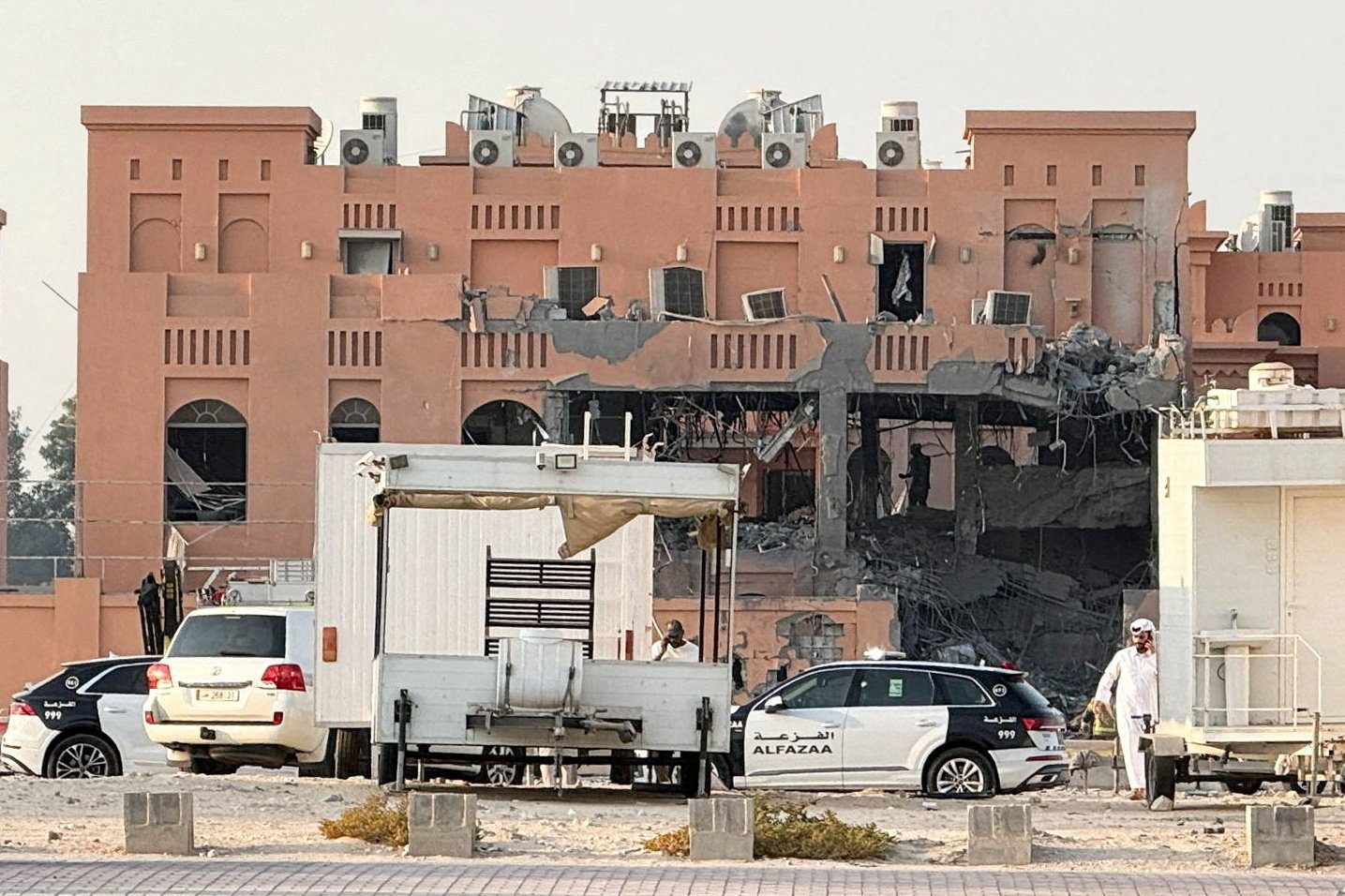
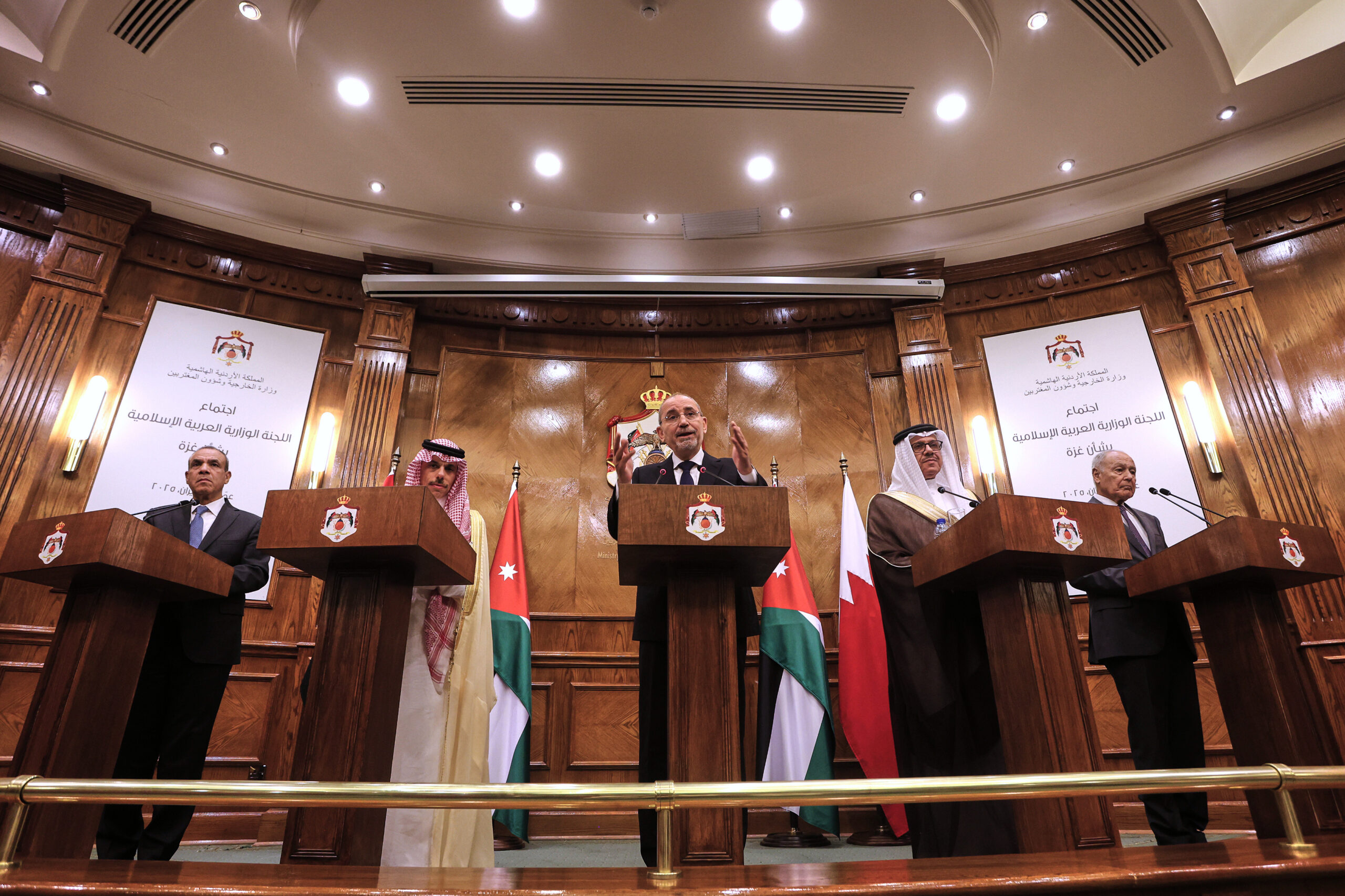
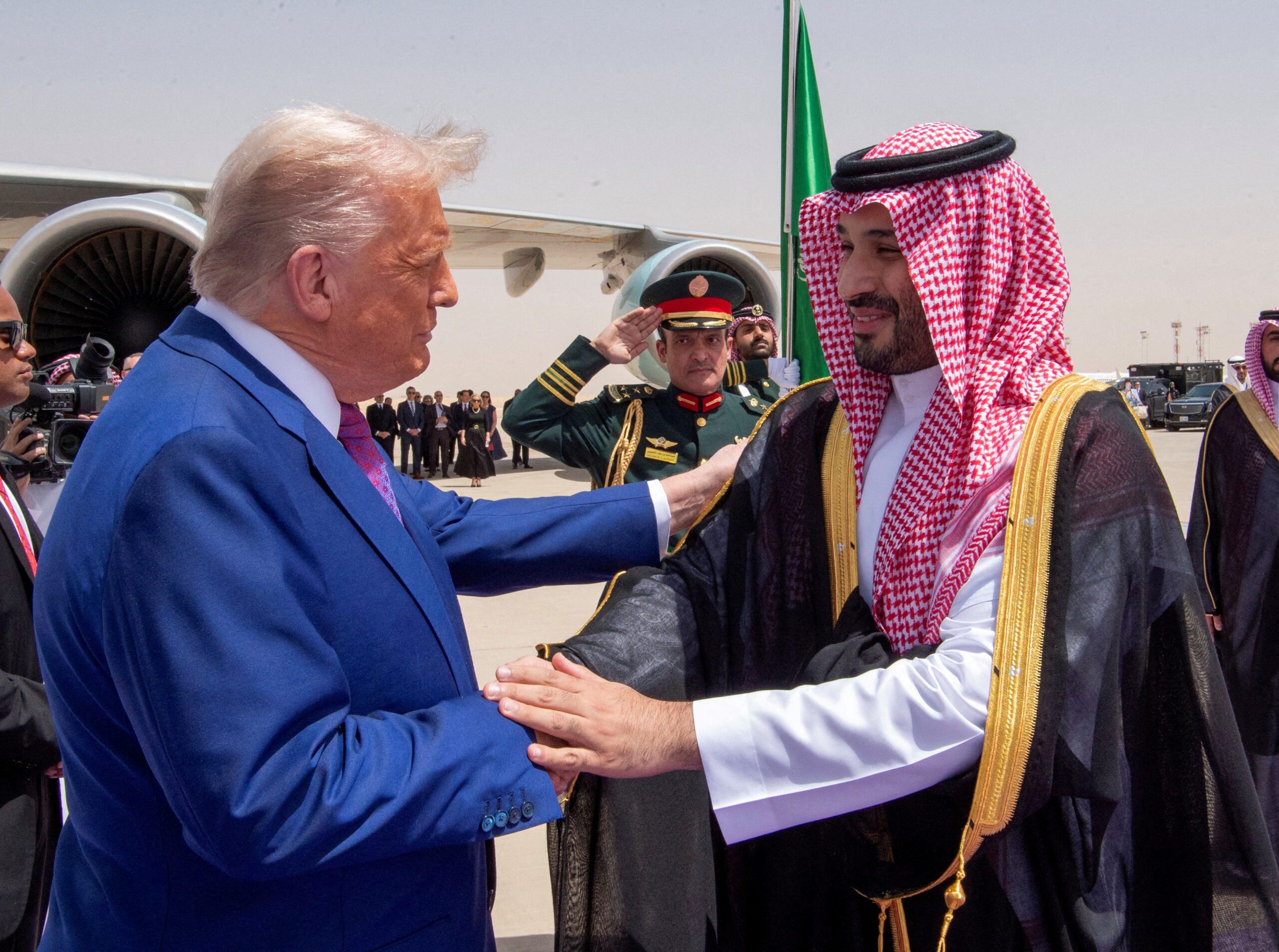



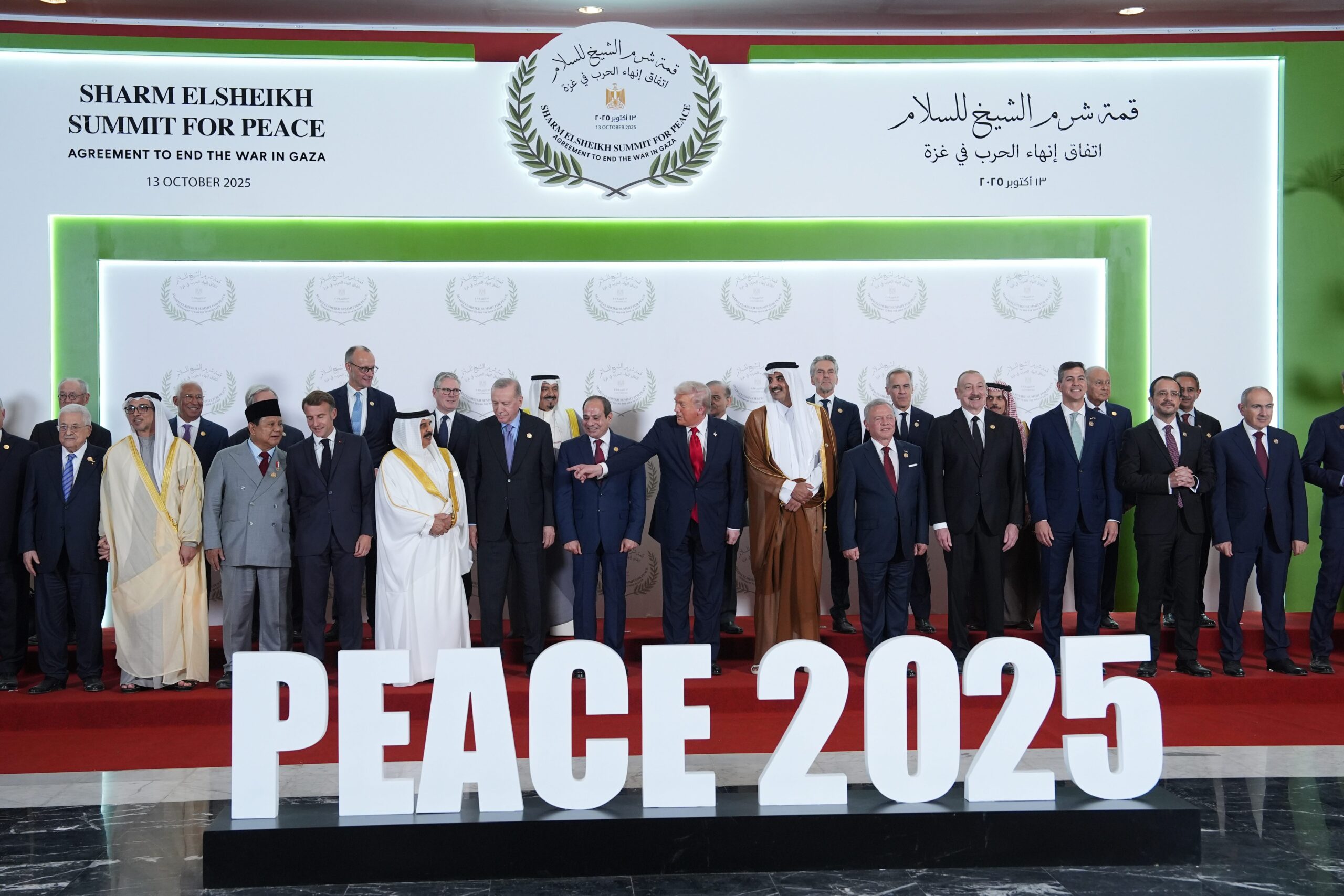

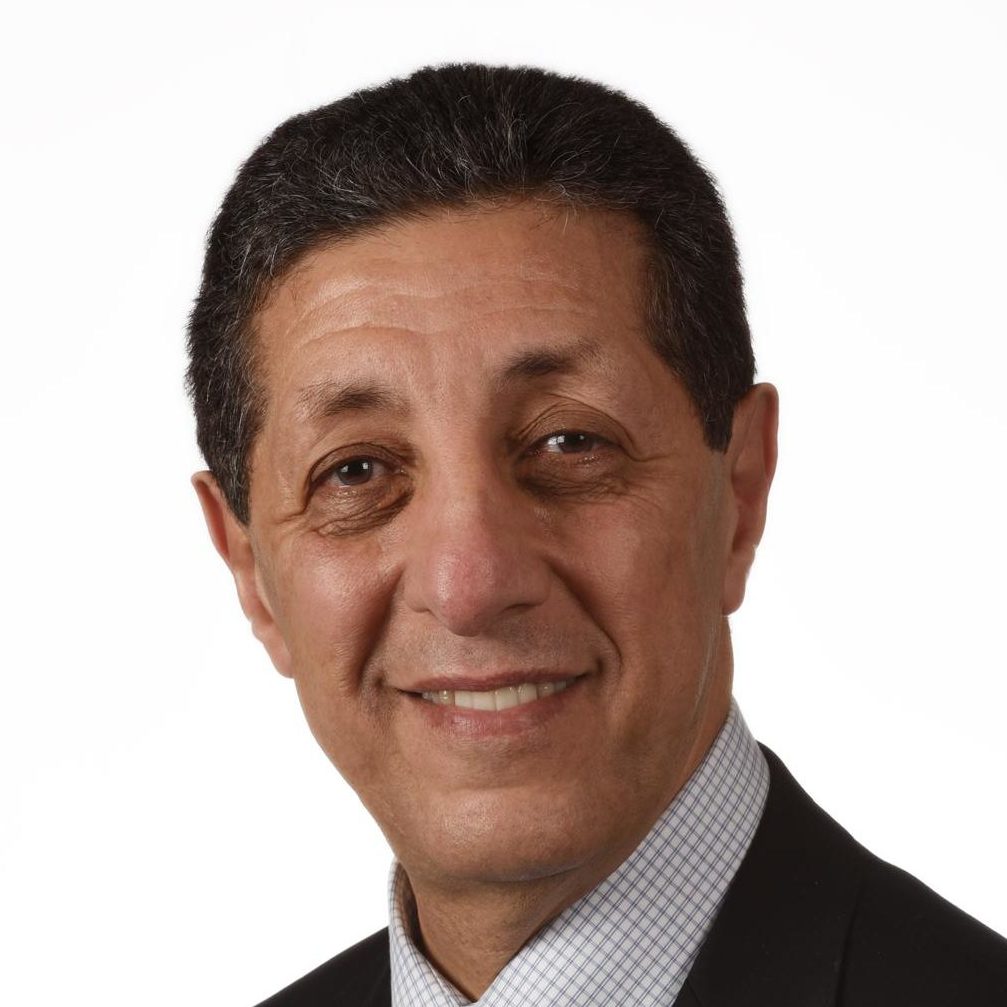
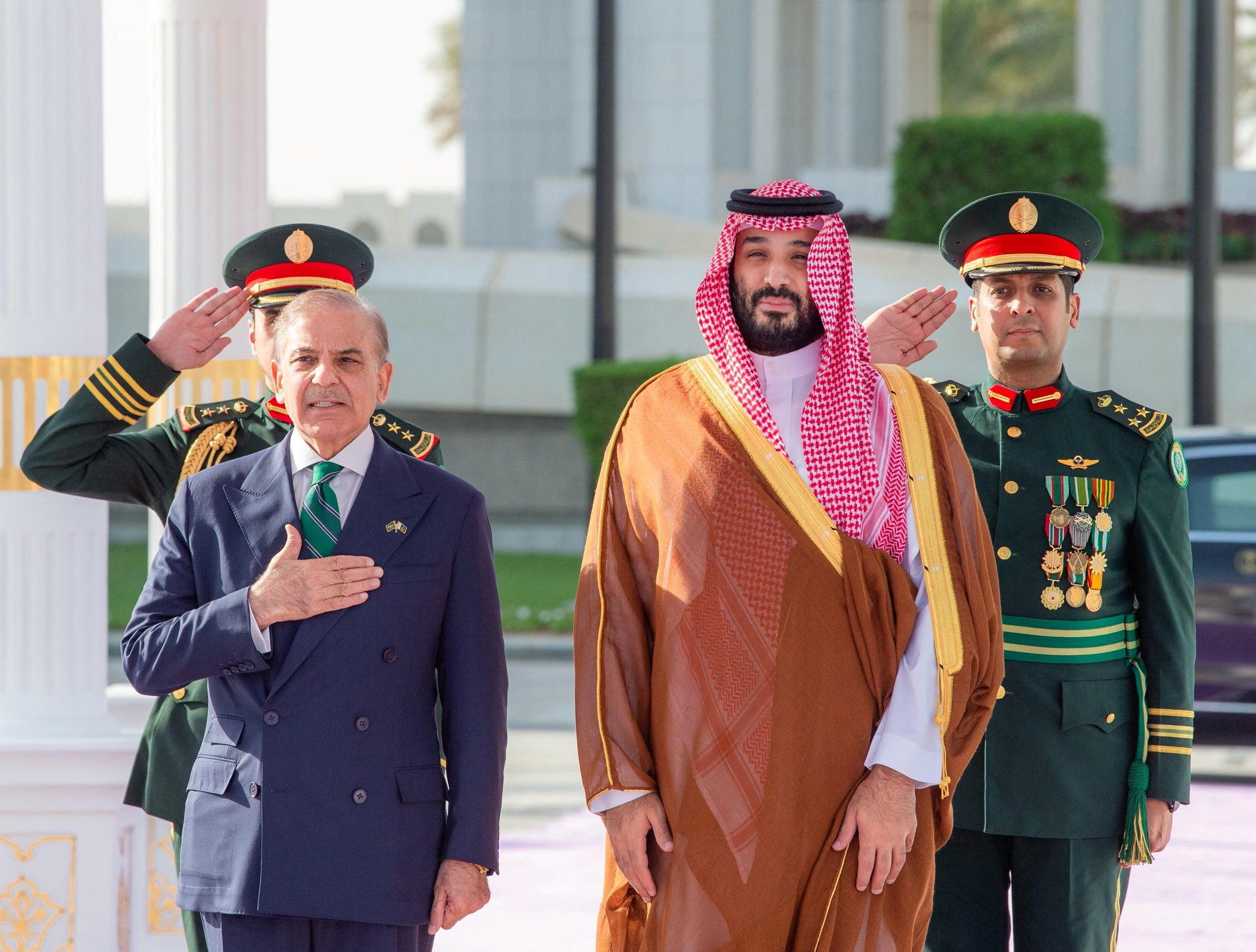


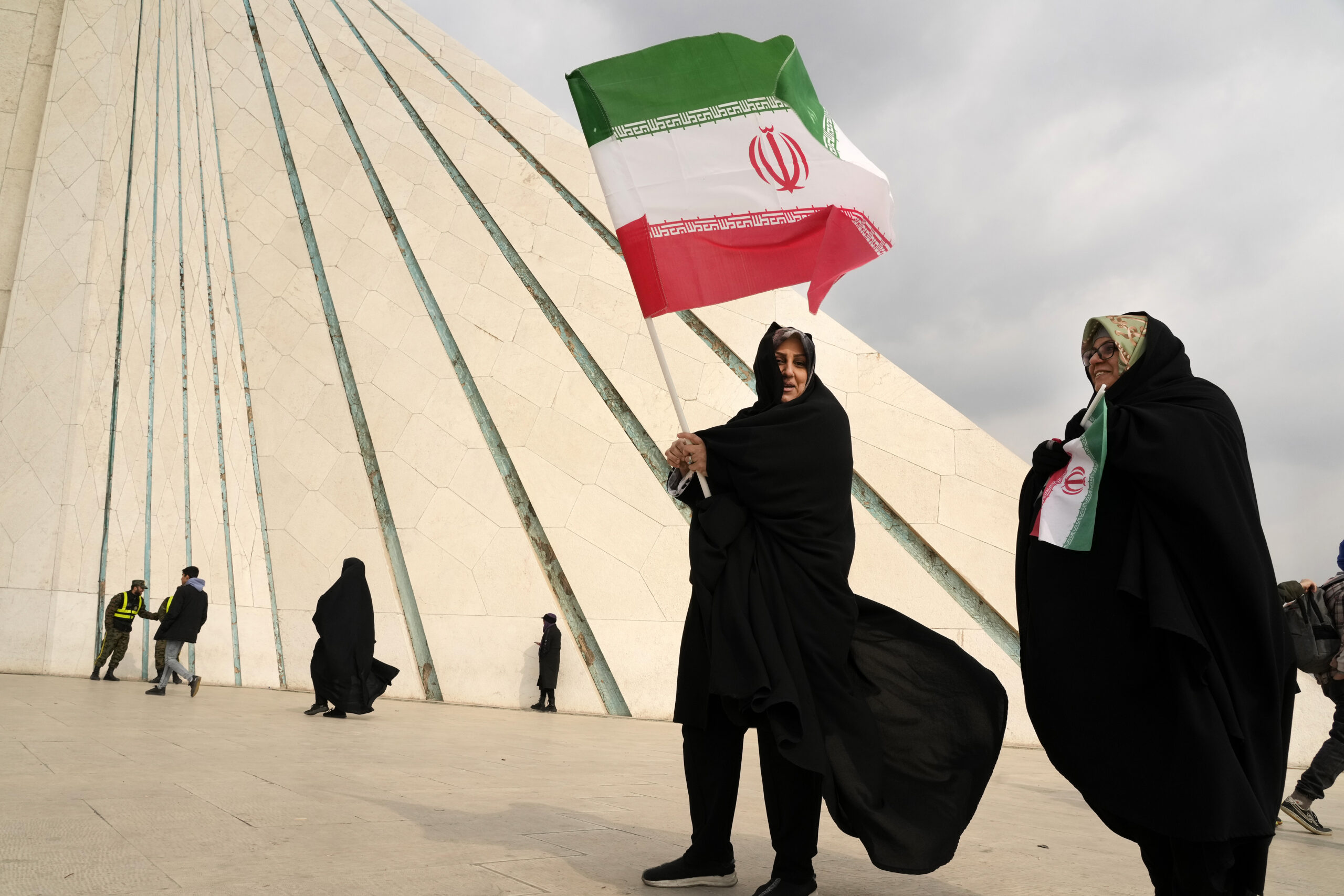

Jul 13, 2015
The US can live with the status quo, but Iran can’t
The brinkmanship exhibited at the nuclear negotiations between Iran and the P5 +1 international consortium is breathtaking, and suggests, for the first time in several months, the actual possibility of failure. There’s too much invested by all parties to make walking away appealing, but the United States reminding Iran that this remains a possibility emerged...
5 min read